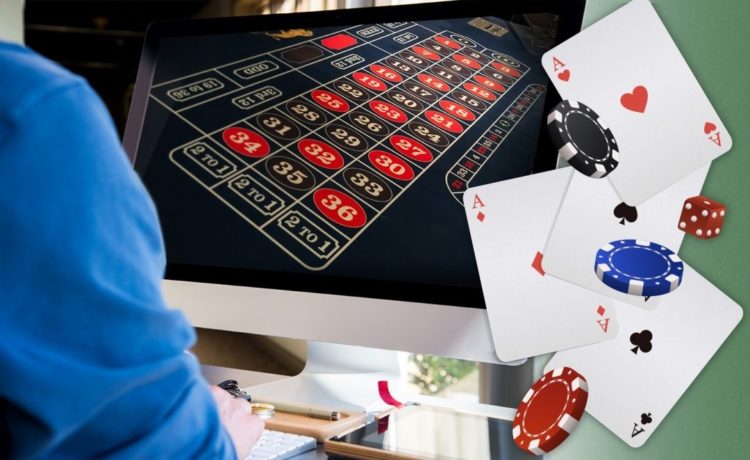The short handed isolation raise is, as the name suggests, isolating a player to find themselves in a head to head position. Very common, this movement is not only to raise to isolate, but requires a good knowledge of your opponents.
The Use of the Isolation
The isolation raise is meant to flush out a limper and isolate it before the flop occurs. You should therefore ideally be at the end of the position to make such a bet. If several players got involved without raising, your isolation bet will have to fold a large majority of your opponents to approach the flop with two or three players maximum. The later you speak, the better you will be able to perform an isolation boost. If you are ever at the cut-off, however, you will need to have a good reading of the players on the button and in the blinds. Indeed, one or more of these players should not be involved. If you have identified a player who cannot stand having their big blind stolen and who sticks all the raises, better to wait another moment to carry out insulation restart.
To achieve a good insulation raise, remember to calibrate your bet. It is better to commit too much money than not enough. Too low a bet may attract several players and reduce your chances of hitting a flop. Conversely, too large a bet will scare your opponents away and you will at least win the pot.
With which hands to carry out an isolation raise? Mostly good hands
The qq online strategy being to be called by a player, the latter should have a correct hand. So you might as well have a respondent on your side. No need to reserve the isolation raises for premium hands either, you can try them with matched connectors or medium pairs.
- Note that if the move has already been raised preflop, the valuation re-raise should only be done with excellent hands.
- In short handed, when you are only 3 or 4 players around the poker table, and the players’ stacks are very close, the bonus is aggression. The player who takes the initiative is often the one who climbs to the head’s up with the greatest ease.
As you approach the pay-offs of a sit n’go, when the table is short handed, it’s time to take some risks. If your opponents’ stacks are roughly the same as yours, your best strategy is aggression. The blinds are starting to get big, and you can’t afford to wait for premium hands.
With identical shorthanded all-in, most players will be afraid of taking the risk of jumping one or two places for the money. It’s up to you to exploit this shyness and play your positions. On the button or in the blinds, you will need to systematize raises as soon as you discover a correct hand.
Conclusion
Such a poker strategy should allow you to steal several pots and thus position yourself well for the head’s up. If ever another player adopts the same strategy as you, wait for a good hand and re-raise. Unless he has a great hand, he should give up his game and if it’s you who’s being reraised, be a good player and agree to be exposed every once in a while when you fold. To becoming too readable for your opponents, do not hesitate to vary the amount of your raises and to throw a few hands preflop so as not to fall into a pattern that is too identical with each move.


